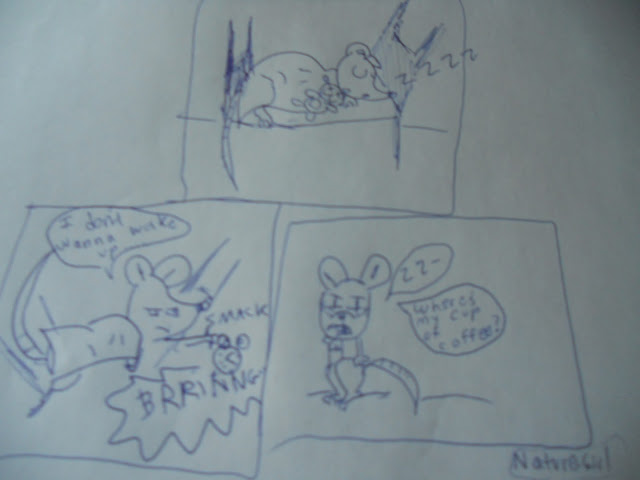The first factor to be considered is the quality of the materials and craftsmanship in each of the cages. There is a noticeable difference in the quality of plastic between the Crittertrail brand and the Habitrail brand. While both cages are expandable with any number of rodent accessories such as hamster tubes for tunneling and connecting cages together (in fact, the two brands are compatible with each other in theory), I found the plastic used in the Crittertrail cage to be unacceptably brittle. The major components of the cage, such as the floor and lid, are rather sturdy, but the round ports that are used to connect expansion tubes to the cage are so brittle that I eventually gave up on the hope of attaching any extras to the Crittertrail cage. The Habitrail cage and accessories, by contrast, are much more durable and I did not have this problem when setting up my Habitrail cage.
The next factor to be considered is the ease of cleanup. This is where the Crittertrail cage outshines its Habitrail counterpart. After having owned several different types of rodent home in the past, I have found that the Crittertrail Mini Two has one of the simplest and easiest tear-downs and setups of any rodent home on the market. For some rodent owners, this may be the deciding factor when choosing a cage; although the brittleness of the Crittertrail Mini Two's plastic may outweigh this factor if one plans on using any of the optional cage accessories.
A third point of comparison between the Habitrail Mini and the Crittertrail Mini Two is the color scheme. Presumably one is buying a designer cage rather than a simple wire cage to keep his/her rodents safe because of the cage's appearance as opposed to its mere functionality. The Crittertrail Mini Two again has the advantage over the Habitrail Mini. The color scheme of the Crittertrail Mini Two is a pleasing combination of translucent purple, blue and yellow, while the Habitral Mini has a more awkward combination of lime green, orange, and blue. My hunch is that Habitrail created this bolder color scheme on purpose to distinguish itself from the more elegant scheme of its competitor, but Crittertrail again seems to have the clear advantage over Habitrail regarding appearance alone.
Aside from appearance, though, a critical factor in purchasing an expandable rodent cage is its ease of expansion. I have already covered the topic of brittleness in the Crittertrail plastic, but an even more important factor that leads me to prefer the Habitrail Mini is the unique design of Habitrail's tubes and connecting rings. As mentioned above, both cages are expandable with tubes that can be conjoined together to form makeshift tunnels for your small friends to navigate. Crittertrail uses a type of snap-together system to connect its tubes together, which can be a problem given the brittle nature of the tubes' plastic. By contrast, Habitrail utilizes a system of locking connecting rings, which are much more durable and reliable than the connecting system employed by Crittertrail. On a purely functional level, if one plans on expanding the cage beyond the basic setup, the clear choice would have to be the Habitrail Mini over the Crittertrail Mini Two.
In conclusion, I myself would always prefer the Habitrail Mini over the Crittertrail Mini Two. This is chiefly because of the higher quality construction and materials in the Habitrail Mini, along with Habitrail's ease of expansion. If one's primary concerns are chiefly about appearance and ease of cleaning, however, then the Crittertrail Mini Two may be the better choice of home for your small rodent friend.

















